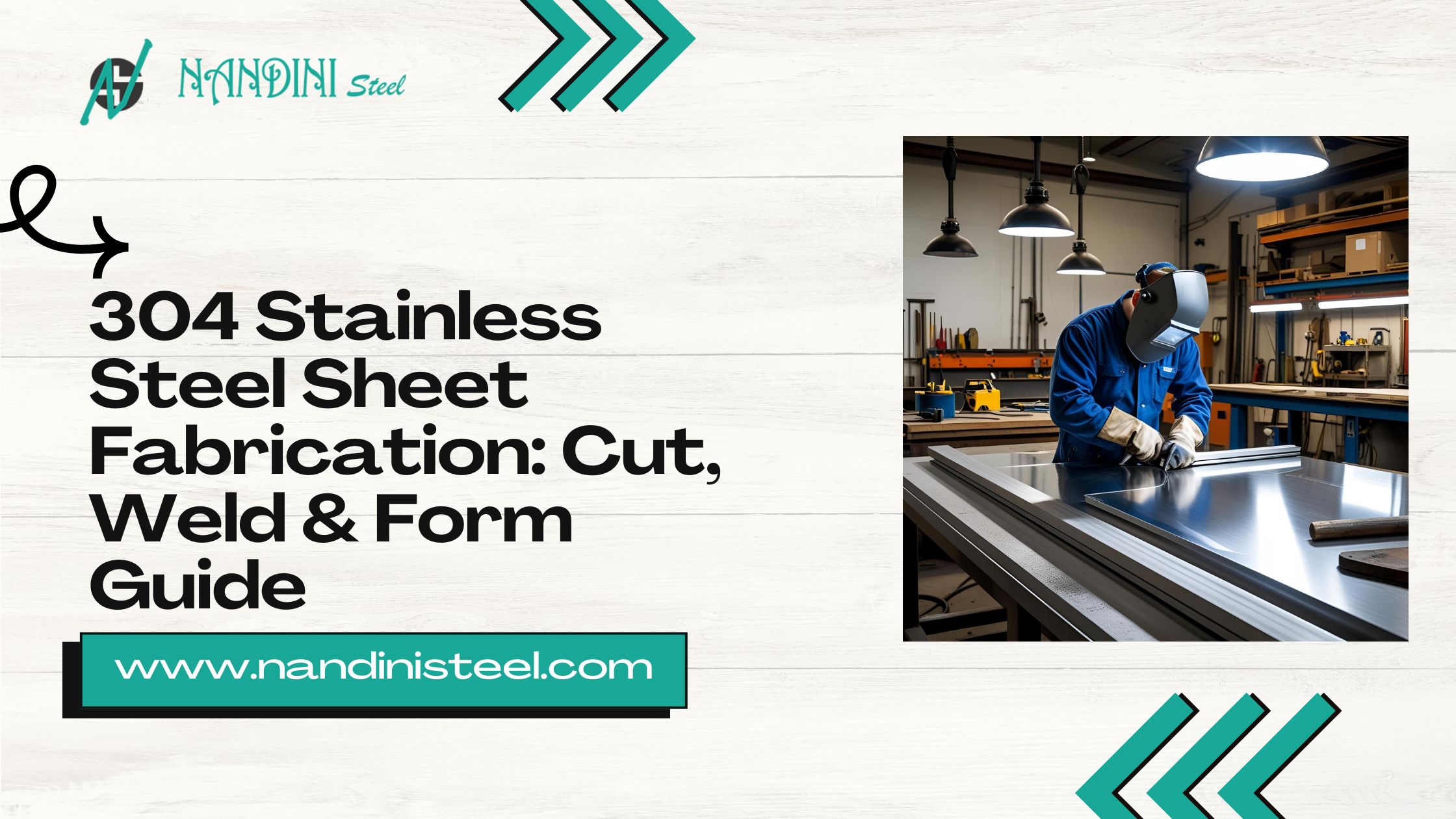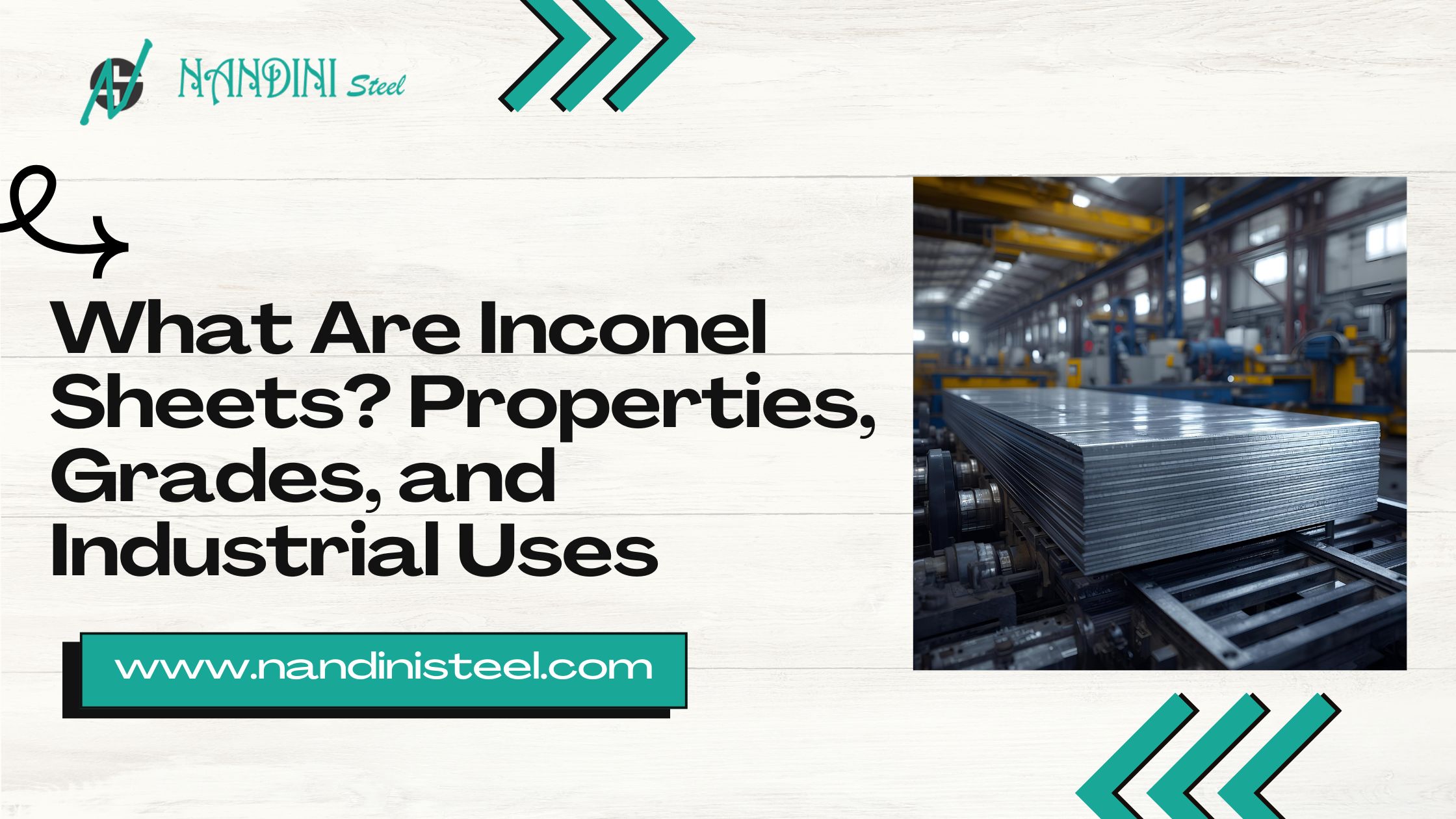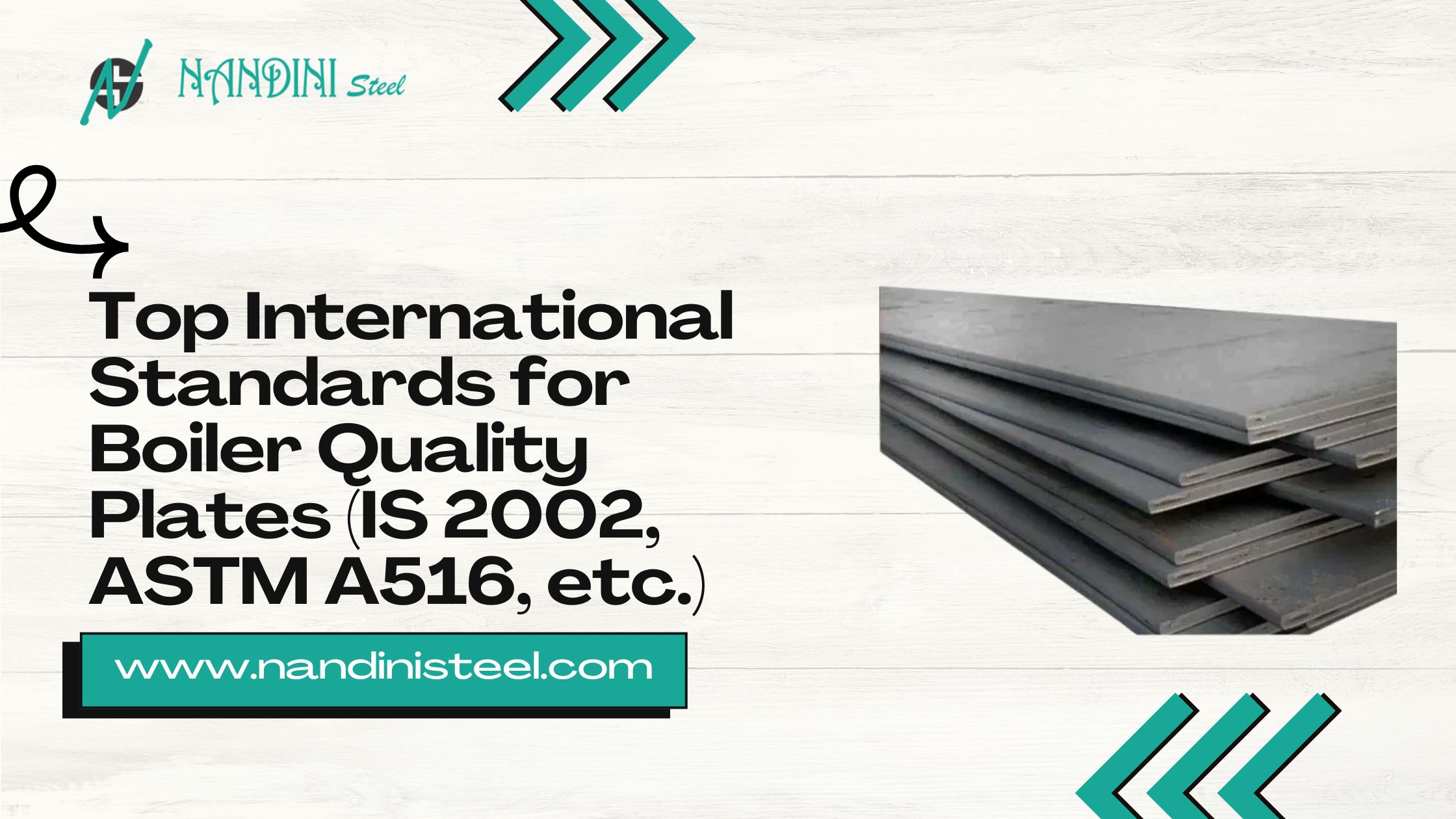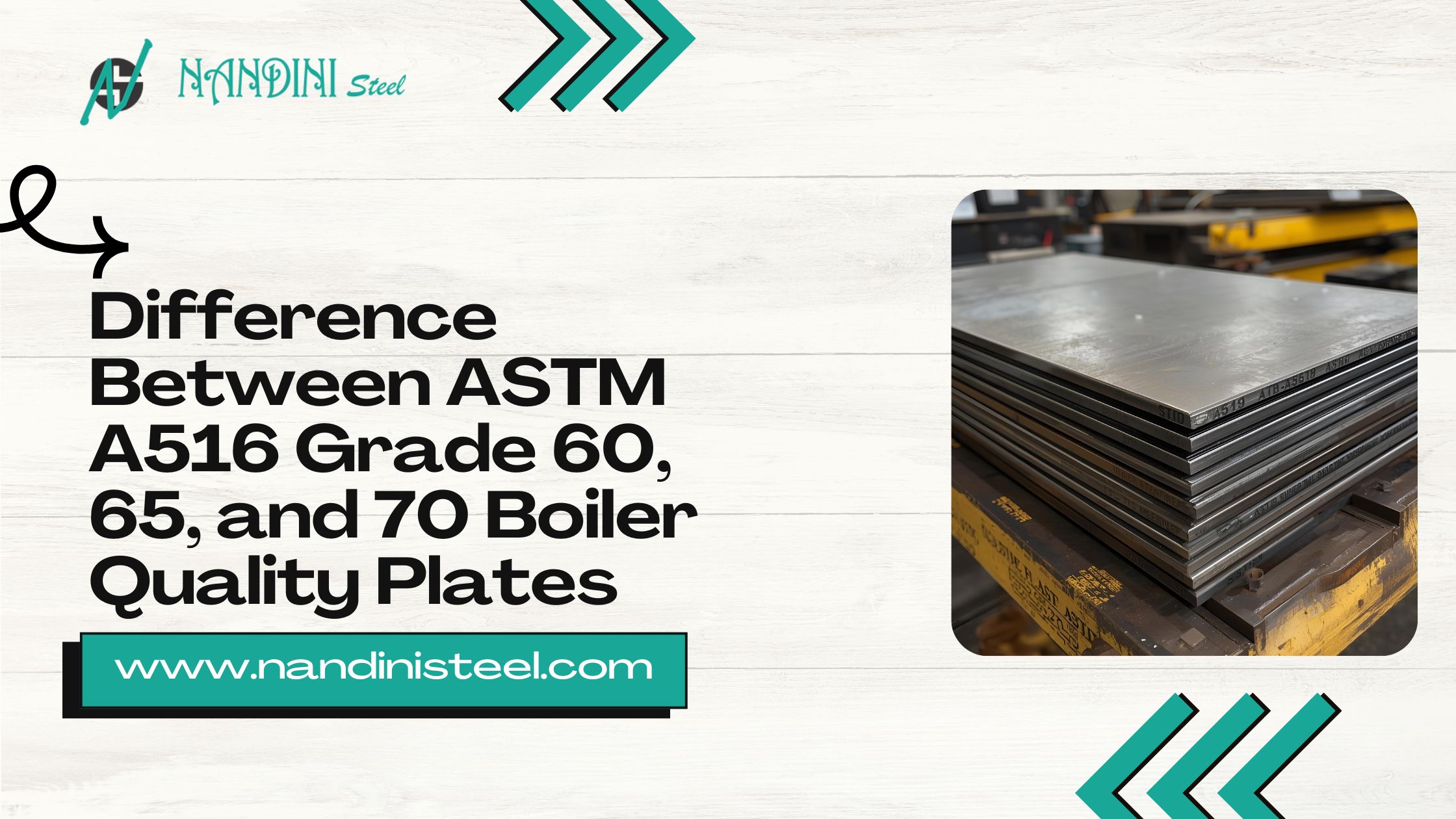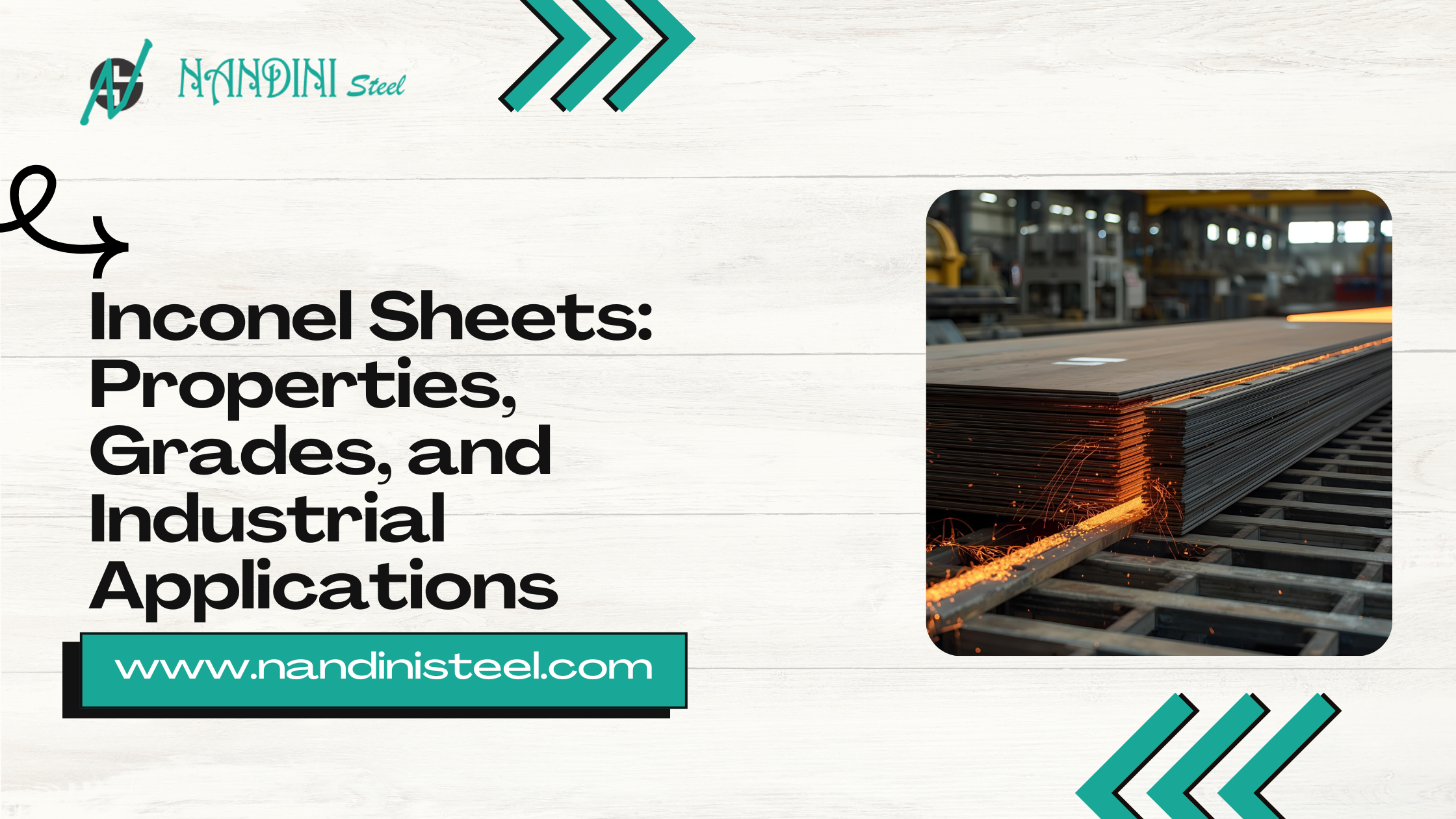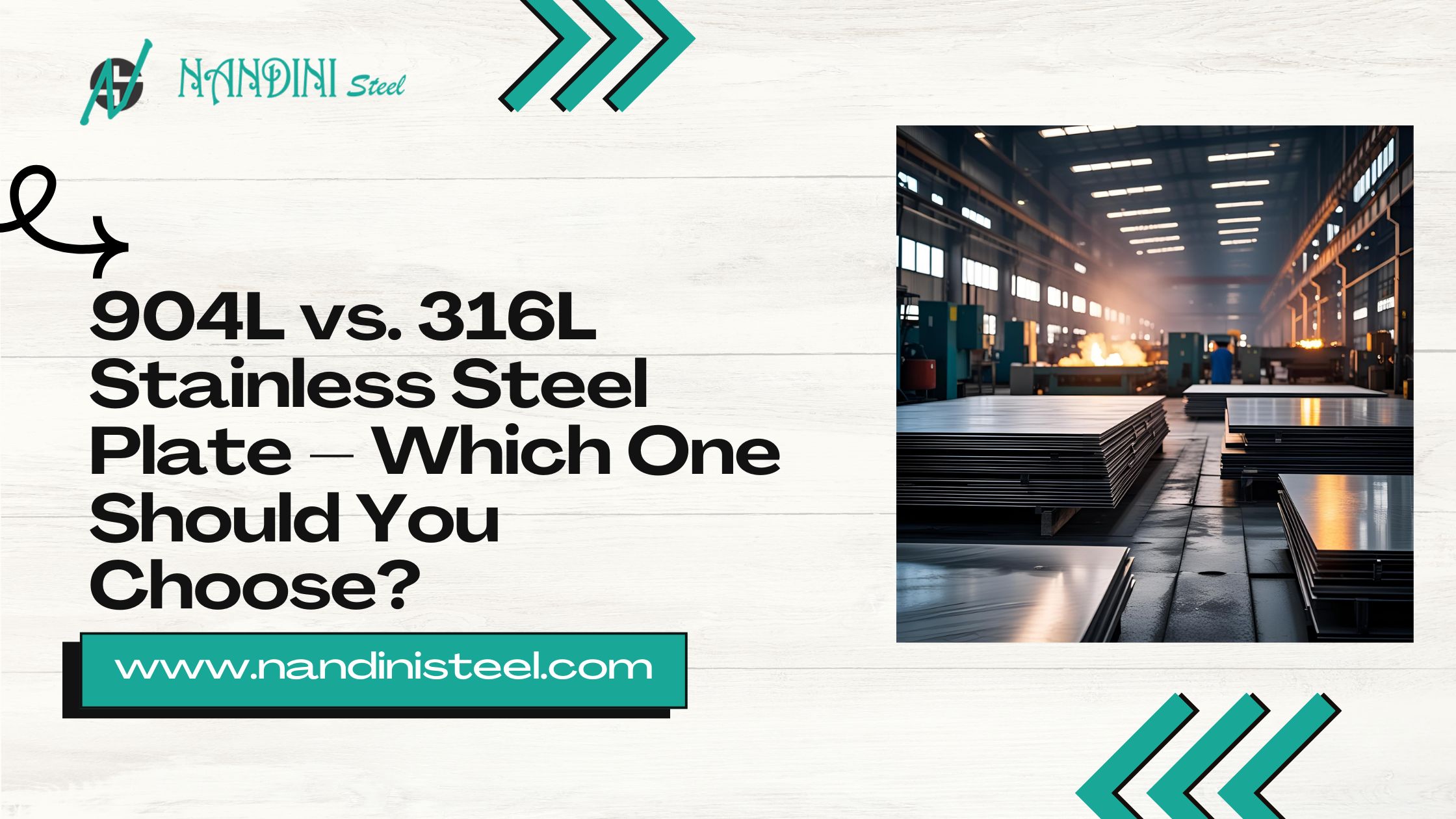304 stainless steel sheet is one of the most widely used stainless steel products in the world. Known for its excellent corrosion resistance, superior formability, and high weldability, it is used in applications across architecture, food processing, pharmaceuticals, automotive, and industrial manufacturing.
To effectively fabricate components using 304 stainless steel sheet, manufacturers must understand how to cut, weld, and form the material without compromising its structural integrity or corrosion resistance. This blog explores the primary fabrication techniques involved in working with 304 stainless steel sheets in industrial environments, along with key recommendations and finishing processes.
Introduction to 304 Stainless Steel Sheet
Grade 304 stainless steel is an austenitic alloy composed of 18% chromium and 8% nickel, making it highly resistant to oxidation, chemicals, and moisture. It offers excellent ductility, making it easy to bend and shape, and is non-magnetic in the annealed condition.
Common Surface Finishes:
- 2B (matte finish) – for general fabrication
- BA (bright annealed) – for reflective surfaces
- No. 4 (brushed finish) – used in architectural applications
- No. 8 (mirror finish) – for decorative surfaces
Common Applications:
- Kitchen appliances and equipment
- Hospital and laboratory equipment
- Food and beverage processing lines
- Tank and vessel manufacturing
- Facades and cladding
Cutting Techniques for 304 Stainless Steel Sheets
Cutting is often the first fabrication step and must be performed with minimal deformation, edge hardening, or heat damage. Due to its strength and work-hardening characteristics, 304 stainless steel requires specialized cutting tools and methods.
1. Laser Cutting
Laser cutting is the most precise and popular method for thin-to-medium 304 stainless steel sheets.
Advantages:
- Delivers clean, accurate cuts with tight tolerances
- Minimal burr formation
- Limited heat-affected zone (HAZ)
- Capable of complex geometries and internal cutouts
Considerations:
- Use nitrogen or inert gas shielding to prevent oxidation
- Not ideal for sheets thicker than 12 mm unless advanced machinery is used
2. Water Jet Cutting
Water jet cutting is a cold process using high-pressure water mixed with abrasives.
Advantages:
- No heat distortion
- Maintains surface and mechanical properties
- Suitable for precision cutting on both thin and thick sheets
- Eco-friendly with low material loss
3. Plasma Cutting
A cost-effective and fast method ideal for thicker stainless steel sheets.
Advantages:
- Quick cutting for large-volume processing
- Ideal for rough industrial shapes
Considerations:
- May create a wide heat-affected zone
- Edge cleanup is often needed
4. Mechanical Cutting (Shearing and Sawing)
Shearing:
- Best for straight-line cuts on thin sheets
Sawing:
- Useful for thicker sheets and smaller production volumes
Best Practices:
- Use carbide-tipped or high-speed steel blades
- Maintain slow feed rates
- Lubricate to reduce edge work hardening
- Deburr post-cutting to remove sharp edges
Welding Techniques for 304 Stainless Steel Sheet
304 stainless steel is well-suited for welding, but it requires the correct technique and filler to prevent corrosion or strength loss in welded joints.
1. TIG Welding (Gas Tungsten Arc Welding)
Preferred for thin sheets and precise, cosmetic welds.
Advantages:
- High-quality, spatter-free welds
- Excellent control for small parts
- Ideal for sanitary and medical-grade applications
Specs:
- Filler: ER308L
- Shielding gas: Argon or argon-helium mix
2. MIG Welding (Gas Metal Arc Welding)
Suitable for thicker sections and higher-volume jobs.
Advantages:
- High deposition rate
- Effective for long, continuous welds
Specs:
- Filler: ER308L
- Shielding gas: Argon + CO₂ mix
Note: Heat input must be controlled to avoid distortion.
3. Spot Welding
Common in industrial production where fast and repeated welds are needed.
Benefits:
- Minimal surface disruption
- Efficient for overlapping joints in thin sheets
- Widely used in automotive and appliance manufacturing
Welding Best Practices
- Clean surfaces before and after welding
- Avoid carbon steel tool contamination
- Perform post-weld pickling and passivation to restore corrosion resistance
Forming Techniques for 304 Stainless Steel Sheets
Forming transforms stainless steel sheets into functional shapes. 304’s excellent ductility allows various forming operations without cracking.
1. Press Brake Bending
Uses a press to bend sheets at a defined angle.
Tips:
- Use a generous bend radius
- Account for springback
- Consider annealing if the bend is deep or repetitive
2. Deep Drawing
Used to create hollow or bowl-like forms, common in kitchenware and medical trays.
Requirements:
- Use proper lubrication
- Die design should minimize stress
- Intermediate annealing may be needed to prevent tearing
3. Roll Forming
Gradually bends the sheet through a series of rollers.
Applications:
- Roofing, architectural trims, channels
- Long and uniform cross-section profiles
Advantages:
- Fast and consistent
- Minimal material waste
4. Metal Spinning
Shapes flat sheets into rounded forms by rotating over a mandrel.
Applications:
- Conical vessels, tank ends, and decorative features
Challenges:
- Needs precision control
- May require intermediate annealing to prevent cracking
Surface Finishing and Post-Fabrication Treatments
Post-fabrication treatments improve corrosion resistance and final appearance.
Pickling
Removes oxides and heat discoloration from welded areas using nitric-hydrofluoric acid mixtures.
Passivation
Creates a passive chromium-oxide layer using citric or nitric acid for enhanced corrosion protection.
Polishing
Mechanical or electro-polishing smoothens the surface. A polished finish is essential for hygiene-sensitive industries.
Deburring
Removes sharp edges and metal burrs post-cutting or forming. Improves safety and assembly fit.
Final Thoughts
304 stainless steel sheets are reliable, versatile, and easy to work with—making them a top choice for fabrication across industries. Proper knowledge of fabrication methods such as cutting, welding, and forming ensures that the material’s integrity and corrosion resistance remain intact.
By following industry-recommended techniques and finishing processes, fabricators can extend the lifespan of their components and deliver higher-quality end products.
Nandini Steel supplies premium-grade 304 stainless steel sheets with assured quality, dimensional accuracy, and global compliance. With decades of experience serving industries worldwide, we offer expert support for all your stainless steel fabrication needs.
Contact us today for bulk orders, technical assistance, or to request a quote.

